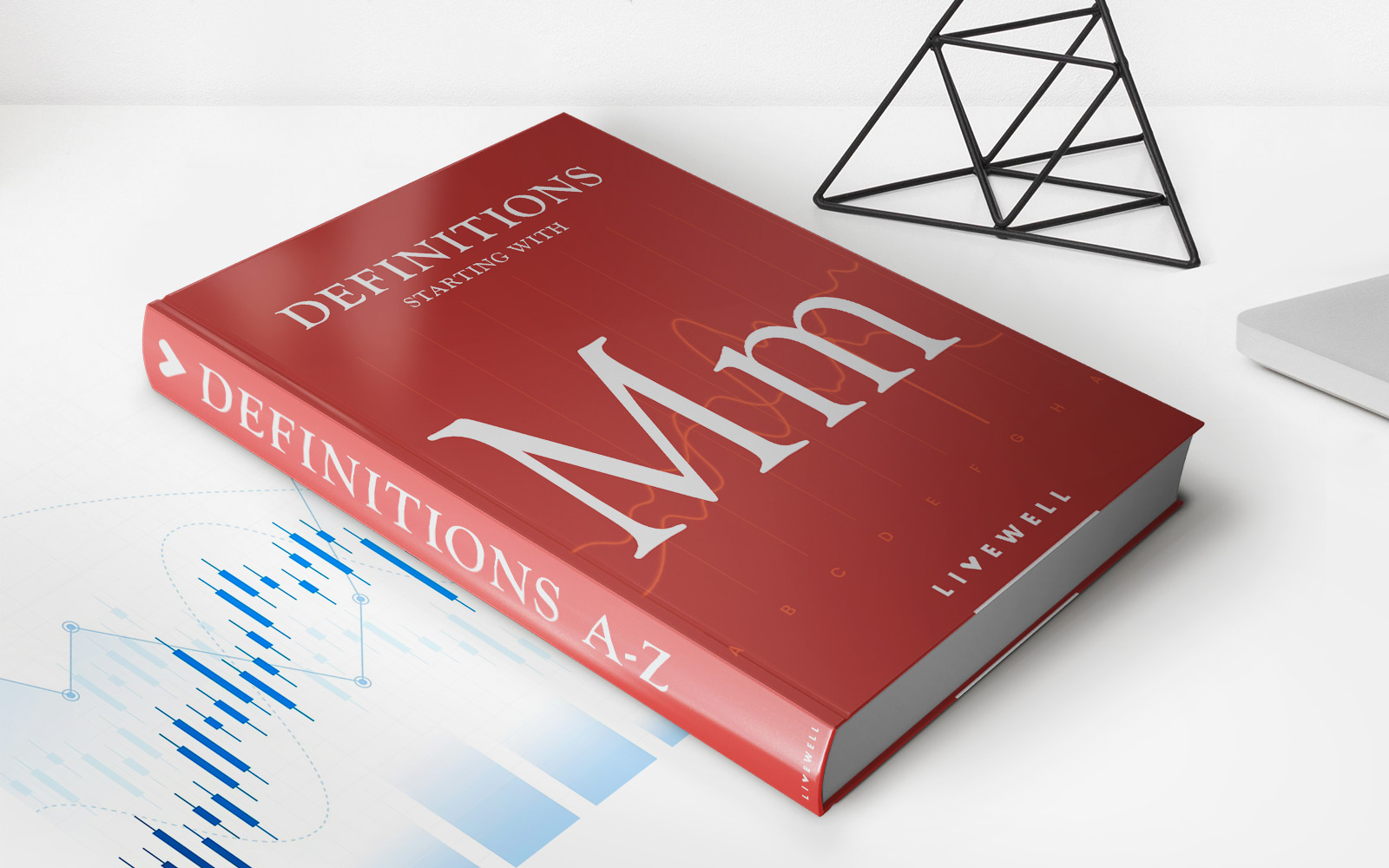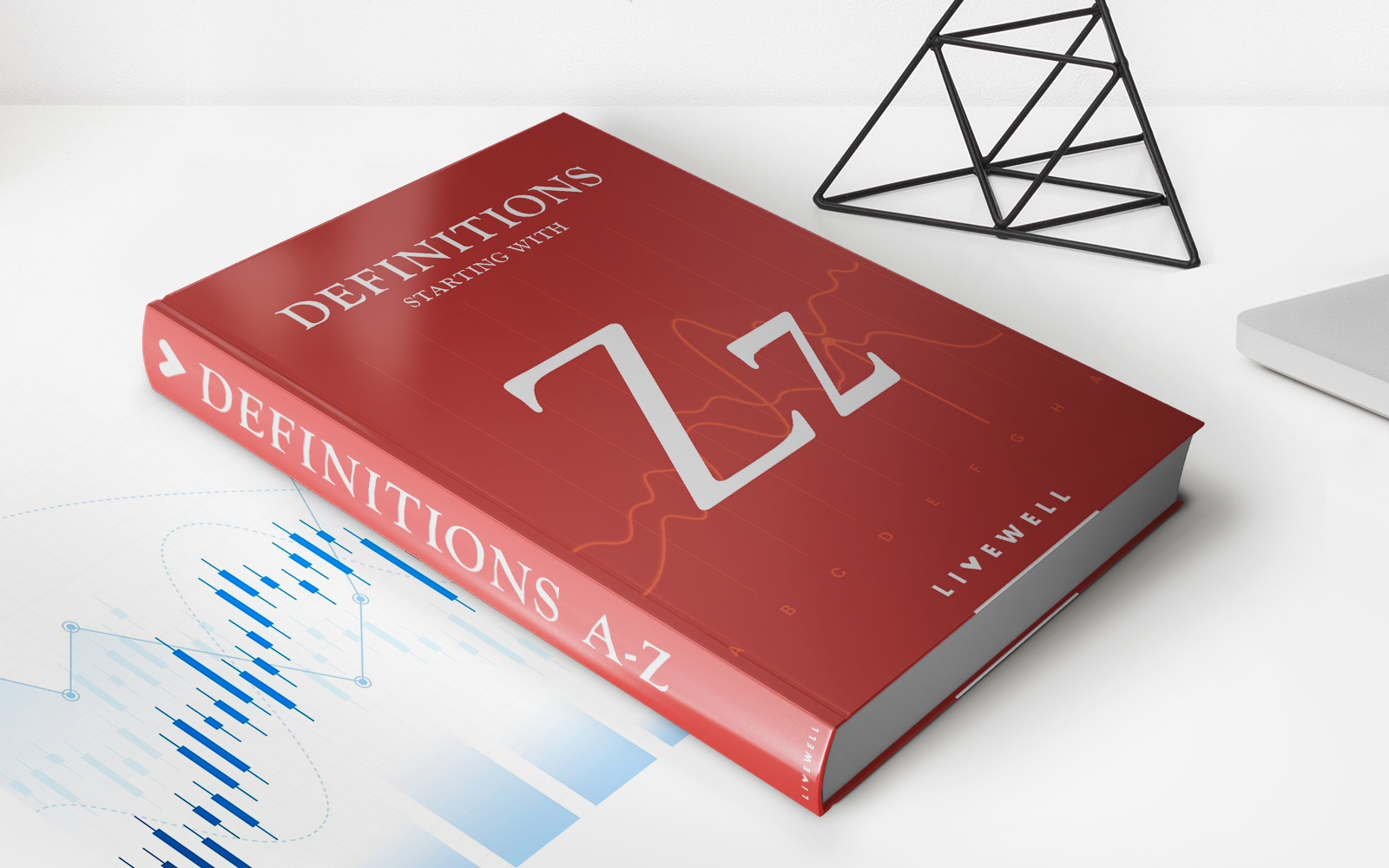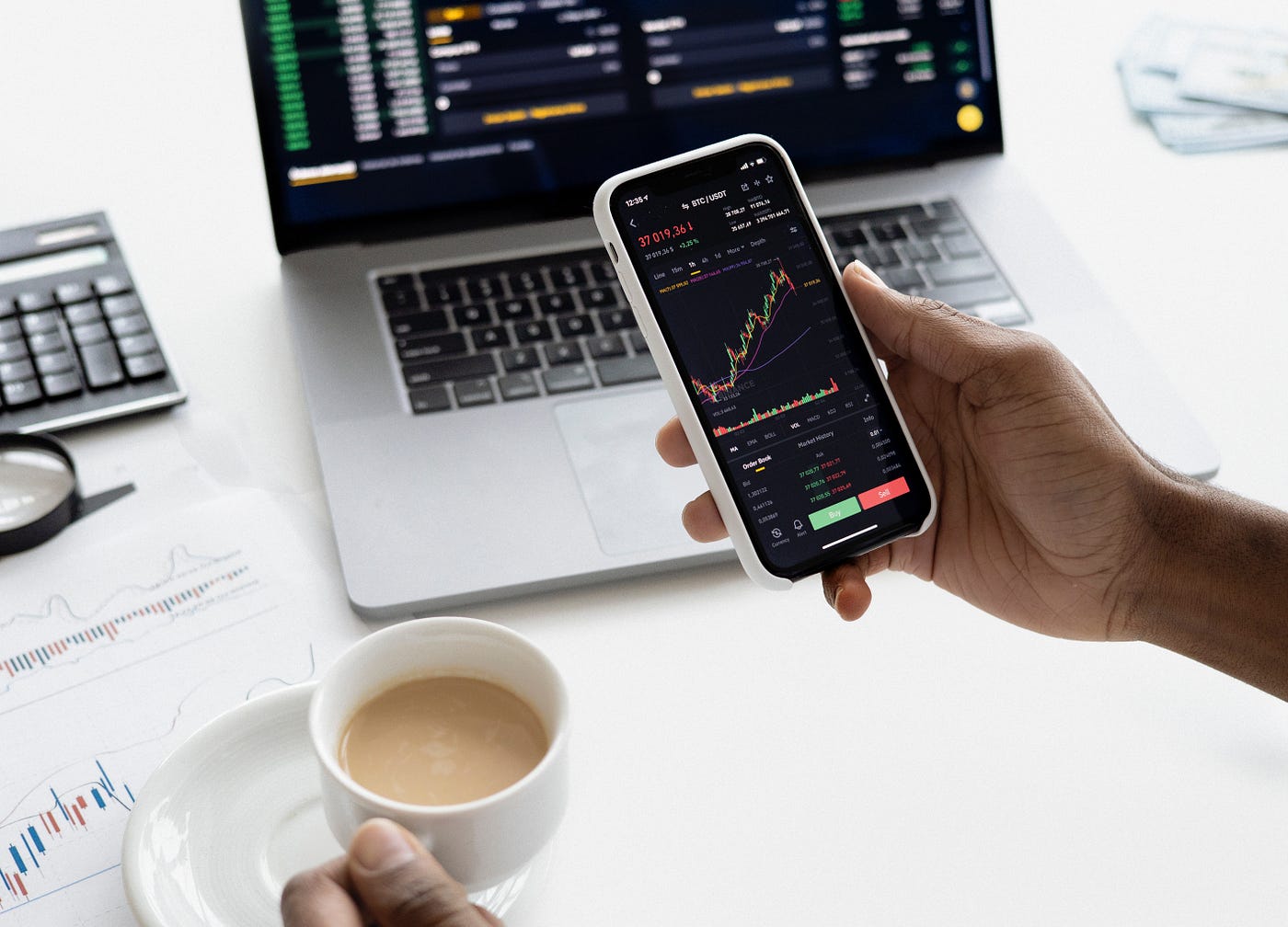

Finance
How Are Options Contracts Priced?
Published: February 28, 2024
Learn how options contracts are priced in the world of finance and understand the factors that influence their pricing. Explore the intricacies of option pricing in this comprehensive guide.
(Many of the links in this article redirect to a specific reviewed product. Your purchase of these products through affiliate links helps to generate commission for LiveWell, at no extra cost. Learn more)
Table of Contents
Introduction
Options contracts are powerful financial instruments that provide investors with the opportunity to hedge risk, speculate on price movements, and generate potential profits. Understanding how options contracts are priced is crucial for anyone looking to venture into the world of options trading. The pricing of options is a complex and dynamic process influenced by various factors, including the underlying asset's price, volatility, time to expiration, and prevailing interest rates. In this article, we will delve into the intricacies of options pricing, exploring the fundamental concepts and models that drive this essential aspect of the financial markets.
Options contracts grant the holder the right, but not the obligation, to buy or sell a specific asset at a predetermined price, known as the strike price, within a specified time frame. This flexibility makes options an invaluable tool for managing risk and capturing opportunities in the ever-changing landscape of financial markets. Whether it's equities, commodities, foreign exchange, or indices, options contracts offer a versatile means of exposure to a wide array of assets.
As we embark on this exploration of options pricing, it's important to note that the valuation of options is not a one-size-fits-all equation. Instead, it involves sophisticated models and market dynamics that continuously evolve. By gaining insight into the mechanics of options pricing, traders and investors can make informed decisions, construct effective strategies, and navigate the complexities of the derivatives market with confidence.
In the following sections, we will unravel the basics of options contracts, dissect the factors that influence their pricing, explore renowned pricing models such as the Black-Scholes model, and touch upon alternative approaches to options valuation. By the end of this journey, you will have a comprehensive understanding of how options contracts are priced, empowering you to harness the potential of these financial instruments in your investment endeavors.
Basics of Options Contracts
Options contracts are financial instruments that provide the holder with the right, but not the obligation, to buy or sell an underlying asset at a predetermined price within a specified time frame. There are two primary types of options: call options and put options. A call option gives the holder the right to buy the underlying asset, while a put option grants the right to sell the underlying asset. These contracts are traded on various assets, including stocks, commodities, currencies, and indices, offering investors a diverse range of opportunities to participate in the financial markets.
When an investor purchases an options contract, they pay a premium to the seller, who assumes the obligation to fulfill the terms of the contract if the holder decides to exercise their right. The price at which the underlying asset can be bought or sold is known as the strike price, and the date by which the option must be exercised is referred to as the expiration date.
Options contracts have distinct advantages, including the ability to leverage capital and manage risk. Call options can be used to speculate on an increase in the price of the underlying asset, while put options provide a means to profit from a decline in the asset’s value. Additionally, options can be employed for hedging purposes, allowing investors to protect their portfolios from adverse market movements.
It’s important to recognize that options pricing is influenced by various factors, including the current price of the underlying asset, the volatility of the asset’s price, the time remaining until expiration, and the prevailing interest rates. These factors collectively contribute to the premium of the options contract, which represents the cost of acquiring the rights associated with the contract.
By understanding the fundamental principles of options contracts, investors can harness the potential of these versatile instruments to pursue their financial objectives. Whether seeking to capitalize on market opportunities, manage risk, or enhance portfolio diversification, options contracts offer a compelling means of engaging with the dynamic world of finance.
Factors Affecting Options Pricing
The pricing of options contracts is influenced by a myriad of factors that collectively determine the premium investors must pay to acquire these derivative instruments. Understanding these factors is essential for evaluating the potential risks and rewards associated with options trading. Let’s explore the key determinants that impact options pricing:
- Underlying Asset Price: The current market price of the underlying asset plays a significant role in options pricing. For call options, as the underlying asset’s price rises, the option becomes more valuable, leading to a higher premium. Conversely, for put options, a decrease in the asset’s price increases the option’s value.
- Volatility: The degree of fluctuation in the price of the underlying asset, known as volatility, directly affects options pricing. Higher volatility generally leads to higher option premiums, as there is an increased likelihood of the asset’s price moving in a direction favorable to the option holder.
- Time to Expiration: The amount of time remaining until the option’s expiration date is a critical factor in pricing. Generally, options with a longer time to expiration command higher premiums, as they afford more opportunities for the underlying asset’s price to move in a favorable direction.
- Interest Rates: Prevailing interest rates also impact options pricing. Changes in interest rates can influence the cost of carrying the underlying asset, which, in turn, affects the option’s premium.
- Dividends: For options on stocks, the payment of dividends by the underlying company can impact the pricing of options. Generally, the ex-dividend date and the amount of the dividend can influence the value of the options contract.
These factors interact dynamically, contributing to the overall pricing of options contracts. Traders and investors must carefully assess these variables to make informed decisions regarding options transactions. Moreover, understanding the interplay between these factors is crucial for constructing effective options trading strategies and managing risk within a derivatives portfolio.
By comprehending the multifaceted nature of options pricing, market participants can navigate the complexities of the derivatives market with greater insight and precision, unlocking the potential for strategic and profitable engagement with options contracts.
The Black-Scholes Model
The Black-Scholes model, developed by economists Fischer Black, Myron Scholes, and Robert Merton in the early 1970s, revolutionized the field of options pricing and remains a cornerstone of modern financial theory. This groundbreaking model provides a formula for the valuation of European-style options, which can only be exercised at expiration. The Black-Scholes model has significantly influenced the practice of options trading and has been instrumental in shaping financial markets.
The model takes into account several key variables to determine the fair value of an options contract. These variables include the current price of the underlying asset, the option’s strike price, the time to expiration, the risk-free interest rate, and the volatility of the underlying asset’s price. By incorporating these inputs, the Black-Scholes formula calculates the theoretical price of an options contract, providing traders and investors with a benchmark for assessing the appropriateness of market prices.
One of the fundamental insights offered by the Black-Scholes model is the concept of delta, which measures the rate of change in the option’s price relative to changes in the price of the underlying asset. This sensitivity analysis is invaluable for understanding how the option’s value responds to fluctuations in the market, enabling market participants to make informed decisions based on different market scenarios.
While the Black-Scholes model has significantly advanced the understanding and application of options pricing, it is essential to acknowledge its assumptions and limitations. The model assumes that the underlying asset’s price follows a log-normal distribution, that there are no transaction costs or taxes, and that the risk-free interest rate and volatility remain constant over the option’s life. In reality, market conditions may deviate from these assumptions, necessitating the use of alternative models and risk management techniques to address the complexities of real-world options trading.
Despite its assumptions, the Black-Scholes model represents a pivotal contribution to financial mathematics and has laid the groundwork for subsequent advancements in options pricing theory. Its enduring legacy underscores the profound impact of rigorous quantitative analysis on the evolution of financial markets, serving as a testament to the enduring relevance of the Black-Scholes model in contemporary options trading.
Other Pricing Models
While the Black-Scholes model is widely acclaimed for its contributions to options pricing, several alternative models have emerged to address specific nuances and complexities in the valuation of options contracts. These models offer valuable insights and methodologies that complement and expand upon the foundational principles established by the Black-Scholes framework. Let’s explore some notable alternative pricing models:
- Binomial Options Pricing Model: This discrete-time model, first proposed by Cox, Ross, and Rubinstein, is based on the concept of constructing a replicating portfolio that mimics the payoffs of the options contract at each point in time until expiration. The binomial model is particularly adept at handling American-style options, which can be exercised at any point before expiration, and can accommodate varying interest rates and dividend yields.
- Monte Carlo Simulation: This simulation-based approach involves generating numerous random price paths for the underlying asset and using these paths to estimate the expected value of the options contract. Monte Carlo simulations are especially useful for pricing options with complex payoff structures and for incorporating stochastic volatility models.
- Stochastic Volatility Models: These models recognize that the volatility of the underlying asset’s price is not constant but rather follows a stochastic process. By incorporating this dynamic element, stochastic volatility models offer a more nuanced representation of market conditions and can better capture the behavior of options prices, particularly in response to changes in volatility.
- Implied Volatility Models: Implied volatility, derived from options prices, reflects the market’s expectations for future volatility. Implied volatility models seek to reverse-engineer this implied volatility to estimate the market’s perception of the underlying asset’s future price movements, providing valuable insights for options pricing and risk management.
These alternative pricing models showcase the diverse approaches and techniques employed in the valuation of options contracts, catering to the intricacies of different market conditions and option characteristics. While the Black-Scholes model laid the groundwork for quantitative options pricing, the development of these alternative models underscores the ongoing innovation and refinement within the field of financial derivatives.
By leveraging these diverse pricing models, market participants can gain a comprehensive understanding of options valuation, refine their risk management strategies, and navigate the evolving landscape of options trading with greater precision and insight.
Conclusion
Options pricing represents a dynamic and multifaceted domain within the realm of financial markets, encompassing a rich tapestry of models, theories, and market dynamics. The valuation of options contracts is a fundamental aspect of derivatives trading, shaping investment strategies, risk management approaches, and the pursuit of financial objectives. As we conclude our exploration of options pricing, it is evident that a nuanced understanding of this discipline is essential for market participants seeking to engage with options contracts effectively.
From the foundational concepts of options contracts to the intricate interplay of factors influencing their pricing, we have traversed the landscape of options valuation, shedding light on the complexities and opportunities inherent in this domain. The Black-Scholes model, with its pioneering insights and enduring legacy, has indelibly shaped the practice of options pricing, offering a blueprint for quantitative analysis and risk assessment.
Moreover, the emergence of alternative pricing models has enriched the toolkit available to traders and investors, providing specialized approaches to address the nuances of options contracts and market conditions. These models, ranging from the binomial options pricing model to Monte Carlo simulations and stochastic volatility frameworks, exemplify the ongoing innovation and refinement in the field of options pricing, reflecting the dynamic and adaptive nature of financial derivatives.
As market participants navigate the complexities of options pricing, they are empowered to construct robust strategies, manage risk effectively, and capitalize on opportunities within the derivatives market. By embracing a comprehensive understanding of options valuation and leveraging diverse pricing models, traders and investors can navigate the ever-evolving landscape of options trading with confidence and precision, harnessing the potential of these versatile financial instruments to realize their investment goals.
In essence, options pricing transcends mere mathematical formulas; it embodies the convergence of market dynamics, risk assessment, and strategic decision-making. By delving into the intricacies of options valuation, market participants embark on a journey of discovery, unlocking the potential for informed, strategic, and impactful engagement with options contracts in the vibrant tapestry of global finance.














